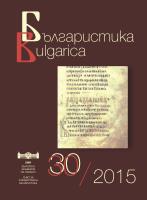
Книги 2014–2015 г.
Selected bibliography in the field of Bulgarian Studies published in 2014-2015
More...We kindly inform you that, as long as the subject affiliation of our 300.000+ articles is in progress, you might get unsufficient or no results on your third level or second level search. In this case, please broaden your search criteria.

Selected bibliography in the field of Bulgarian Studies published in 2014-2015
More...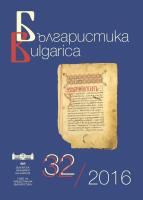
Selected bibliography in the field of Bulgarian Studies published in 2015-2016
More...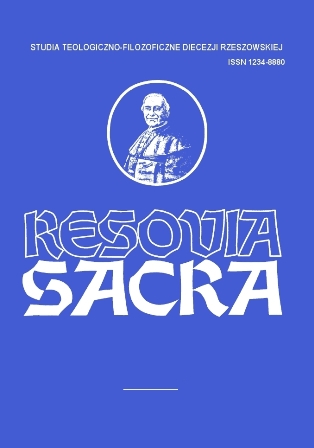
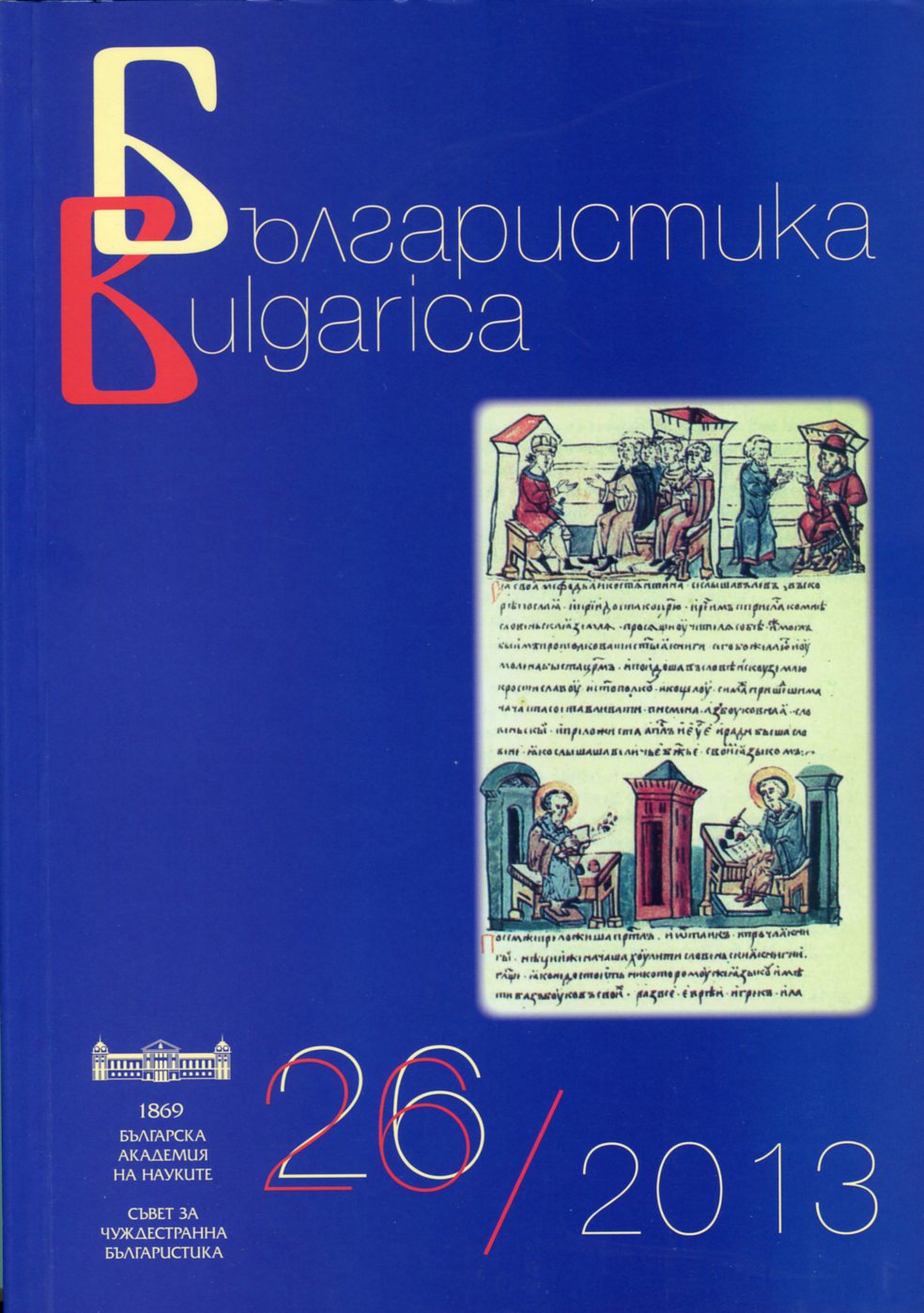
Selected bibliography in the field of Bulgarian Studies published in the current year.
More...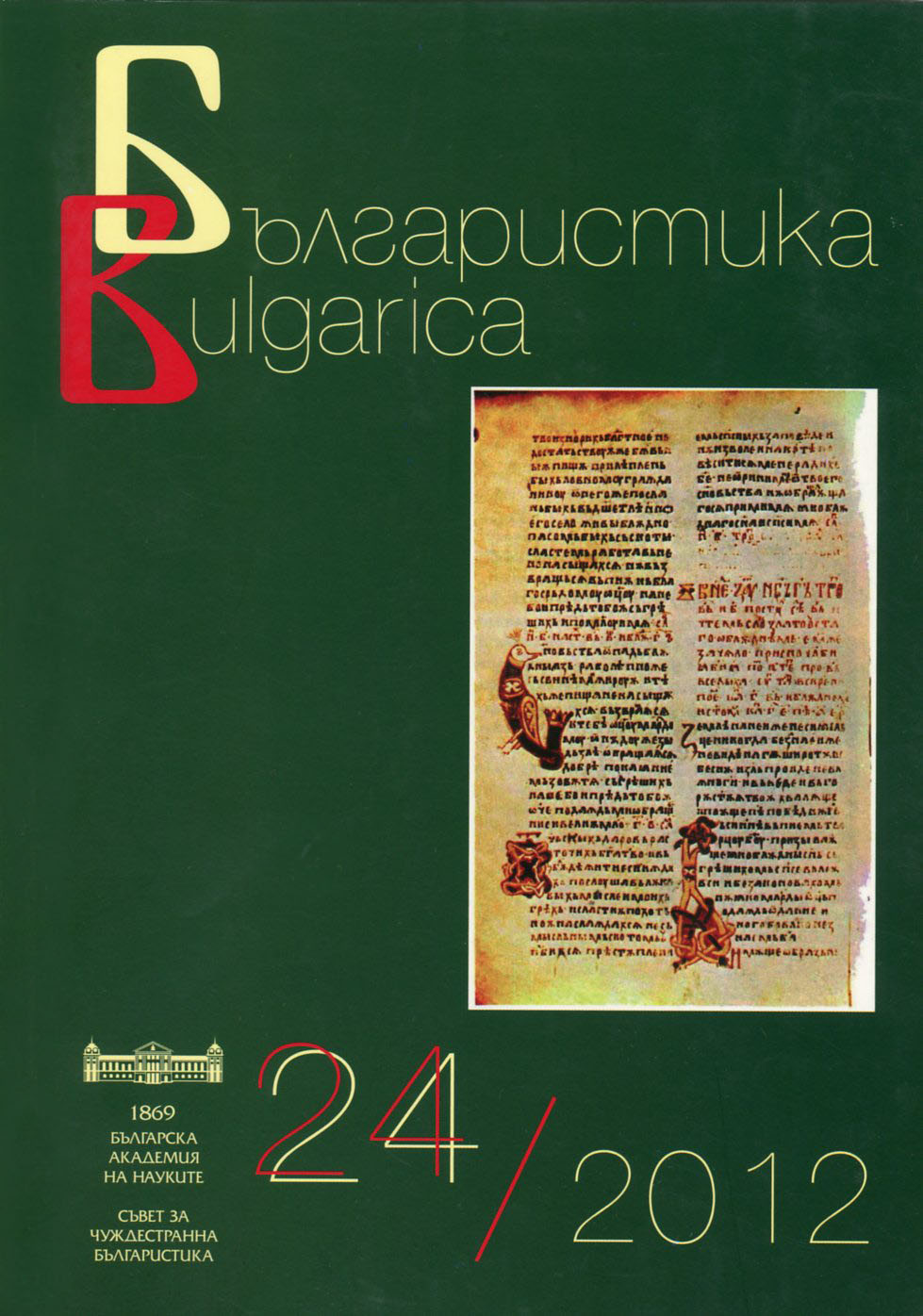
Selected bibliography in the field of Bulgarian Studies published in the current year
More...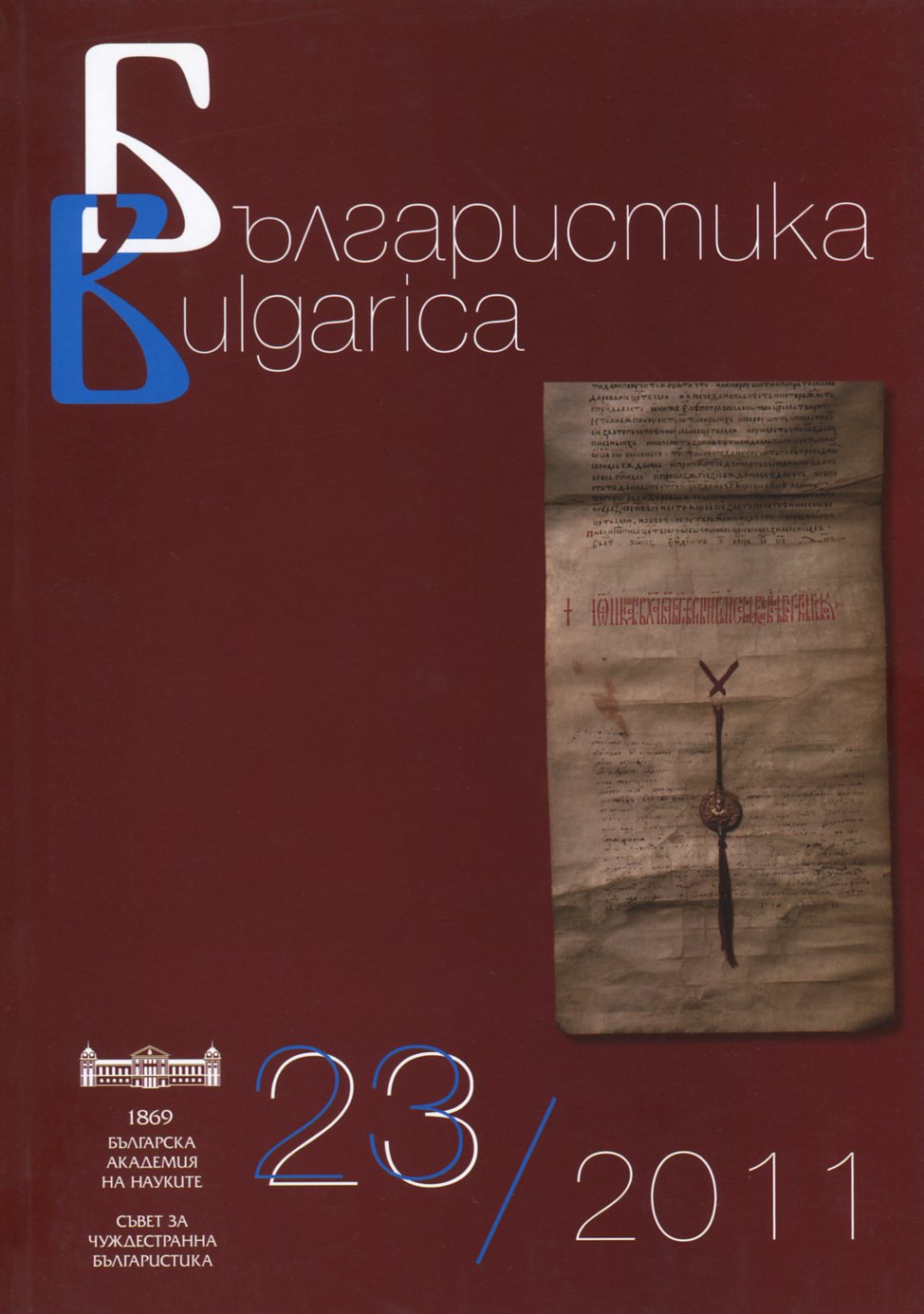
Selected bibliography in the field of Bulgarian Studies published in the current year
More...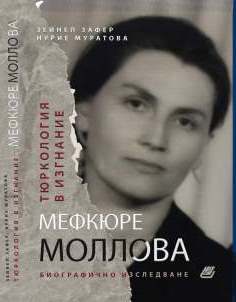
Mefküre Mollova was the first Turkish woman and university professor in Bulgaria, who defended her Ph.D. thesis in the field of turkology and gained international fame for her research. She is the author of over 150 publications in prestigious international journals that continue to be cited today. Mefküre Mollova was among the founders of the Turkish Philology at the University of Sofia. She had worked for only about 7 years (1953-1961), when she and her husband were dismissed from their academic positions on false claims, and the Department was closed. She remained outside the academia until the end of her life.
More...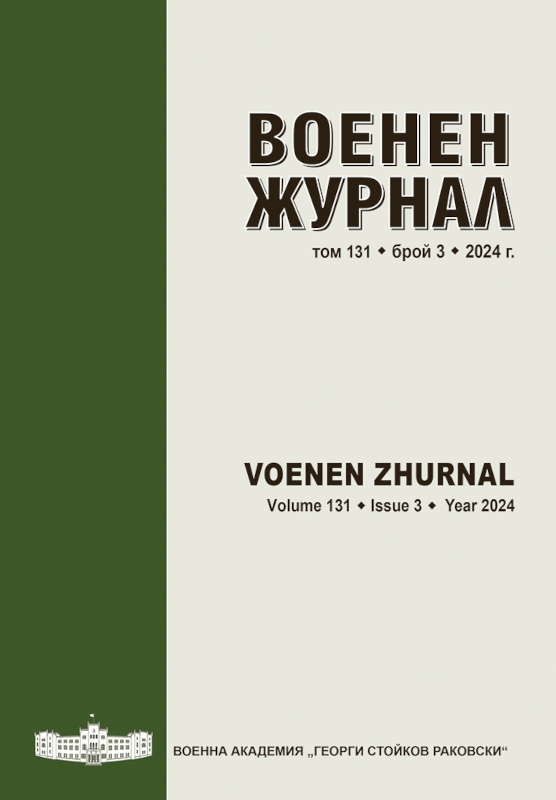
The text discusses the most important events in the development of the Internal Macedonian-Odrin Revolutionary Organization, the activities before and during the uprising, and gives a chronology of the Ilinden-Preobrazhenie uprising. The events of the chronology are presented in a condensed form, without their detailed description, and are traced in chronological order from their outbreak to their suppression.
More...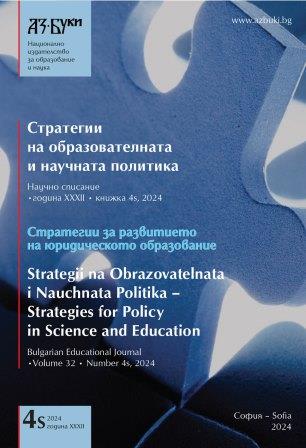
This article is devoted to the place and role of the discipline “History of the State and Law” in the system of legal education. It provides an opportunity not only to acquire in-depth knowledge in the field of the historical development of the state system and legal regulation, but also provides a basis for awareness of the contemporary state-legal situation. The study also allows to predict the further development of the state and the law.
More...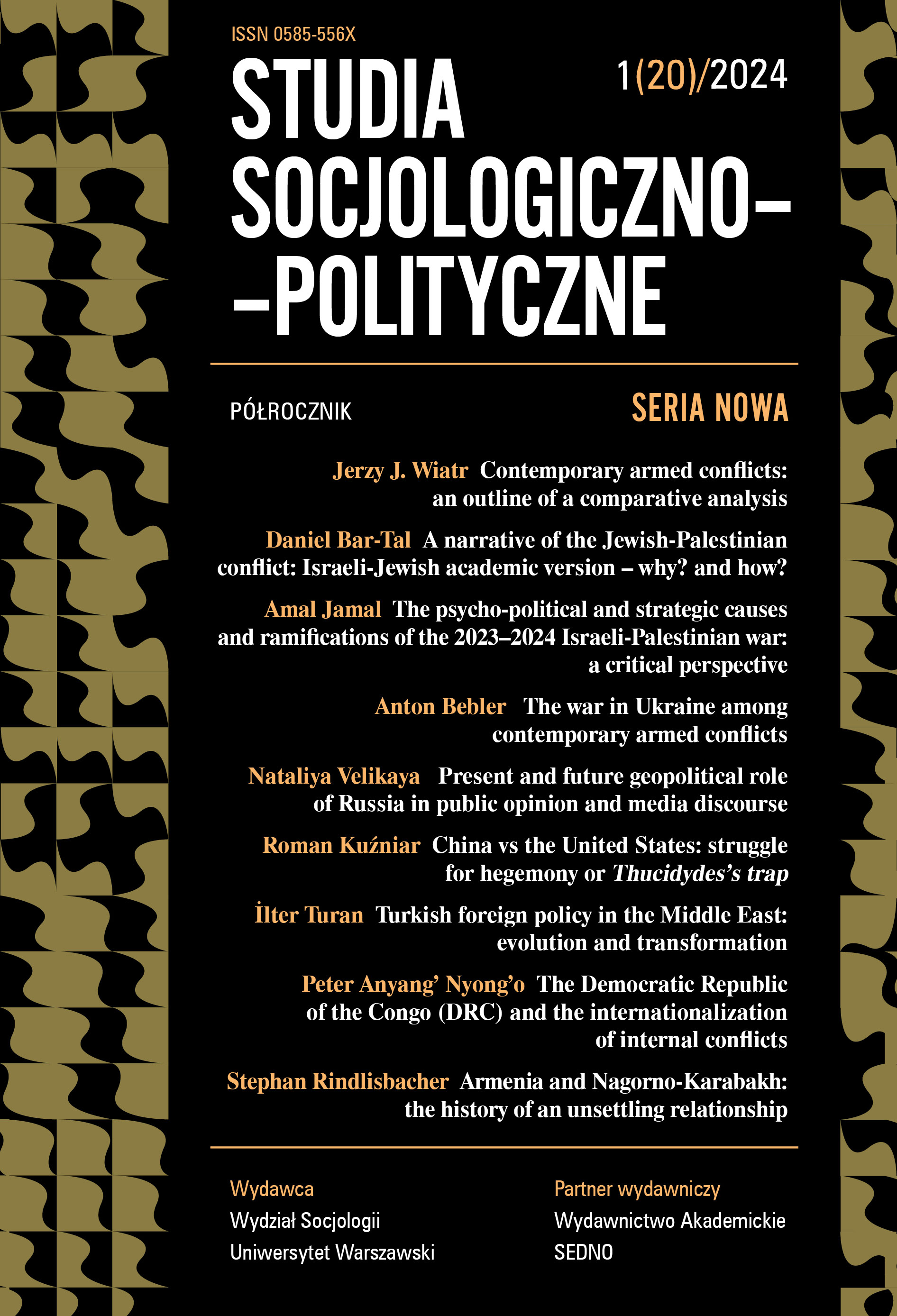
The following analysis of the Israeli-Palestinian war, which erupted on October 7th, 2023, contributes to explaining its causes, reasoning, consequences, and the necessary measures to end human suffering caused by it. It is argued that to understand its eruption, unfolding, and ramifications, we must look at the broader interplay between local, regional, and international factors. This integrative approach means that it iscrucial to explore the context that has fed its flames and determined its timing and brutality. This means that it is not possible to disconnect this war from profound developments in Israeli and Palestinian societies in the last couple of decades. It also means that although this war was instigated by a particular player, it is an integral component of a system composed of a balance of power between multiple players. Therefore, it resulted from polarity in a regional and international system of power in which players have sought to either maintain the status quo or change it to their advantage. Such an understanding enables us to highlight its strategic meaning and emphasize the moral measures that international players must take to avoid further Israeli-Palestinian wars in the future.
More...
After its founding, the Turkish Republic kept its distance from Arab affairs. During the interwar period, Türkiye worked to develop its own national identity while maintaining a balance between imperialist and revisionist powers. After WWII, Türkiye, threatened by Soviets, joined NATO whereas the newly independent Middle Eastern states viewed Russia as an anti-colonialist friend. The coming of détente and changes in Turkish economic policy toward export-led growth, guided Türkiye to develop closer economic relations with its neighbors. Its clear foreign policy rule, however, was not getting involved in the politics of any Arab country or in inter-Arab matters. The Arab Spring led the religiously oriented AKP to judge that Türkiye could lead Sunni-majority countries. Facing total failure, Türkiye is trying to restore former relations with regional countries but lacking trust, this is a slow and only partially successful process.
More...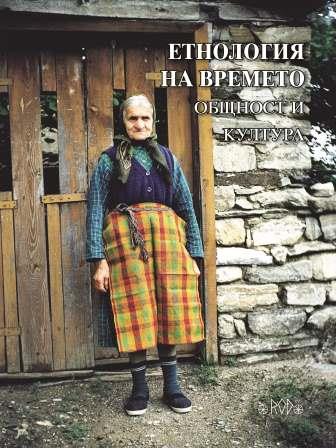
This text analyzes – from ethnological viewpoint – a relatively short period of the history of Bulgarian ethnos, and in particular of the citizens of the town of Samokov and Samokov region. This is the period between the end of Kurdzhali genocide and (the second decade of the nineteenth century) and the Liberation of Bulgaria through the Russian – Turkish War in 1877–1878. This was the period (about half of a century) when the the Bulgarian folk religiosity was developed in a form in which it was recorded in the twentieth century. The author discusses the following characteristics of the local religiosity: The Theotokos (Virgin Mary) rules “the town of the alive,” while St. Nicolas of Myra rules “the town of the dead.”In local churches, the icon of the patron of the church is placed on the iconostasis on the right side of the icon of Jesus Christ and not on the left side of the Theotokos in contrast to the usual arrangement of the icons on the iconostasis.An important element of the celebration of Easter is that the believers visit the cemeteries immediately after the priest announces, “Christ is Risen!” The grouping of the patrons of the churches in Samokov ethnoregion is clearly expressed.
More...
According to the definition by ICOM, „A museum is a not-for-profit, permanent institution in the service of society that researches, collects, conserves, interprets and exhibits tangible and intangible heritage. Open to the public, accessible and inclusive, museums foster diversity and sustainability. They operate and communicate ethically, professionally and with the participation of communities, offering varied experiences for education, enjoyment, reflection and knowledge sharing.“ (https://icom. museum/en/resources/standards-guidelines/museum-definition/) At first glance, the museums in Bulgaria, and correspondingly those in Southwestern Bulgaria, adhere to the definition provided by ICOM. They are non-profit institutions and engage in research, collection, preservation, interpretation, and presentation of tangible and intangible heritage. However, upon closer examination and precise analysis of their structure and operations, we would have to classify museums as serving administrative bodies rather than serving society. According to Article 25, paragraph 3 of Regulation No. N-00-0001 of February 14, 2011, concerning field archaeological research, public access to archaeological documentation is severely limited, and comprehensive access to the full range of archaeological materials is practically impossible. In practice, visitors have access to minimal artifacts and information, which need to be improved to create a fundamental understanding of the respective archaeological culture, settlement, or structure. There are no annual, medium-term, or long-term plans for archaeological, ethnographic, historical, interdisciplinary, or exhibition development. There is no strategy for restoration and conservation. Practically no activity is conducted regarding intangible cultural heritage. The closure of museums in Southwestern Bulgaria within municipal administrations and their limited resources restricts public interest in museums and their capabilities. In order to compensate for this, as well as to be attractive to society, museums shift from presenting culture to presenting shows. Instead of authenticity, reconstruction, a product of the subjective views of specific researchers, is exhibited. The article directs the attention of museums and their activities towards the needs and resources of society. If museums have real, not fictitious, communication with society and scientific communities, they will achieve sustainability and a real presence in cultural life.
More...
In 2011, the author noticed in the city of Russe four cast-iron pillars abandoned in a small garden. After 2012, they disappeared. The pillars are believed to have been manufactured by the Austrian company Waagner & Biro and transported to Russe in the late 19th or early 20th century. They are part of the modernization process of Ruse after the Liberation from Ottoman rule. The article describes and analyzes this artifact in order to preserve the information about it as a part of the cultural history of Russe. The author proposes several hypotheses about the nature and the purpose of the pillars.
More...
The Bulgarian photographer and researcher, Petar Boev, was appointed as the leader of the first journalistic delegation that visited Vardarska Macedonia from June 8th to June 16th, 1942. The delegation visited dozens of towns, capturing moments of the lives of Bulgarians in Vardarska Macedonia. He took over 100 photographs, which are diligently arranged in an album from Petar Boev’s personal archive. The album was entirely designed by Petar Boev, with beautifully written texts. In addition to the texts, a detailed map of the visited places during the journey was drawn. These photographs, besides being exquisite photographic specimens, hold historical and ethnographic significance. They serve as evidence of the authentic way of life of Bulgarians from the Macedonian folklore region, which remained characteristic until the middle of the 20th century. Petar Boev was a prominent figure active in various spheres of Bulgarian cultural life in the 20th century.
More...
Colours are one of the most important signs and symbolic systems in Antiquity. They reflect a certain cosmic symbolism, manifested as deities in various cosmogonies. They are present, always and everywhere, at the core of the symbolic models, and can be examined from both a semantic and a semiotic perspective. The eschatological significance of the red colour in Thracian culture as well as other ancient societies, i.e. the transition from one space to another, is saturated with signs and symbols. According to ancient treatises related to the making of colours and pigments in ancient Greece during the Hellenistic period, ochre was the most commonly used red pigment. The colour reconstruction of cultural values approximates their authentic appearance and is a scholarly contribution to examine and preserving Bulgarian cultural heritage. Research conducted in 2023 on stelae from Apollonia Pontica necropolis proved the use of red ochre in their inscriptions. The findings of the study confirmed that the verification and valorisation of the cultural-historical heritage of Thracian civilization, particularly in terms of painted decoration, are a necessary consequence of in-depth and targeted comprehensive expertise.
More...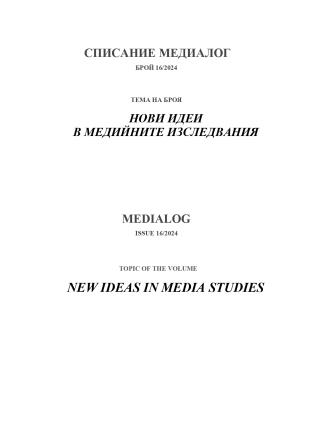
The book “Kicked a Building Lately? Architectural Criticism after the Digital Revolution” by Aneta Vasileva also becomes a history of writing about architecture in the first decades of the digital revolution. But it is also a history of the parallel lives of paper newspapers and online blogs. The tension between digital/analog is very well sketched in her text. This allows her to describe the transition of architectural criticism from the media to social networks. The author introduces us to the history of criticism, which tries to make visible the processes in an increasingly invisible architectural history.
More...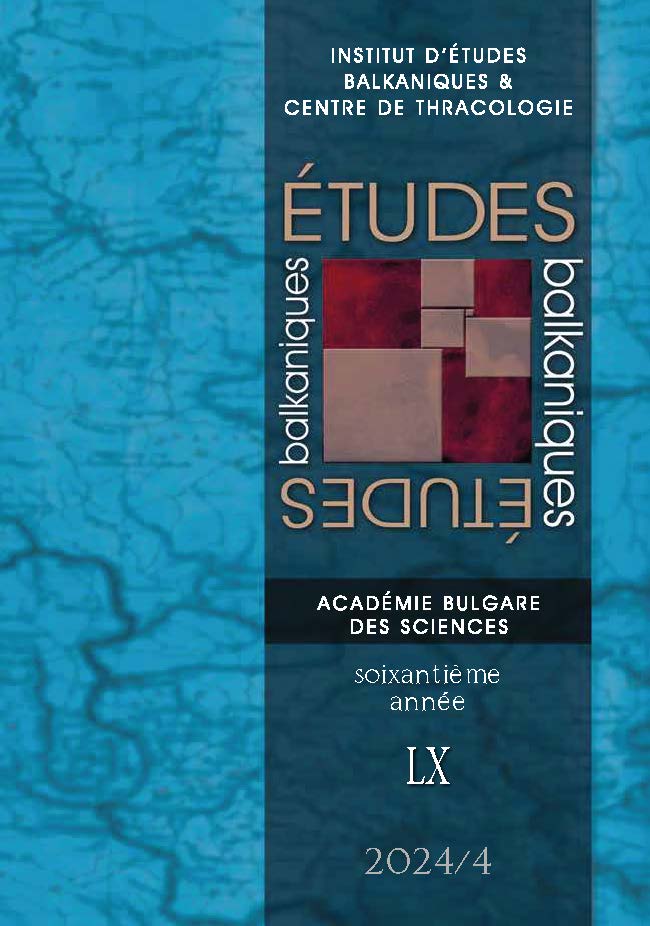
This special issue reflects on the cultural relations of state-socialist Romania between the 1950s and 1980s from the perspective of “cultural internationalism” and “cultural transnationalism”, both within the state-socialist world, and beyond.
More...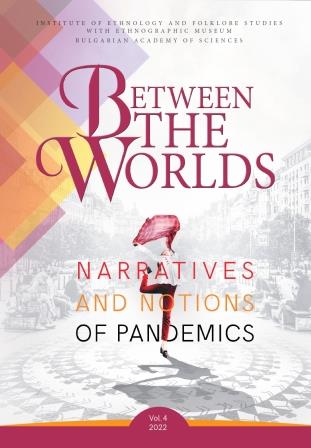
In the focus of the article are the stories of three Bulgarian women who moved back to Bulgaria in the period 2020-2021, influenced by the pandemic of COVID-19. The ethnographic study was done in October-November 2021, exploring return migration and self-identification processes among Bulgarian returnees within which, in these three particular cases, COVID-19 is given as the key trigger for the return or the permanence of the return. The stories are interesting because they elaborate on the correlation between the emigration motives, migration stories, return motives, and the self-actualisation of the women upon return, synthesising one core motive for their return – caregiving. The complexity of return decisions is typologised around the three objects to which the caregiving is addressed – the personal, extended, and larger family, seen as a community/country. The article concludes that return could be explained as a mix of the women’s responsibility to closer or larger circles and structures and triggered and initiated by the COVID-19 pandemic through their strong female will and agency.
More...
Conspiracy thinking has always been part of our lives, but nowadays, it is almost the default way of understanding the world. When the disease associated with the Severe Acute Respiratory Syndrome Coronavirus 2 (SARS CoV-2) emerged, causes and culprits were sought and found wherever the public imagination perceived a concentration of power and resources. Conspiracy theories about the virus’s origin as a bioweapon, the 5G technology connection, the ongoing plans of a New World Order, or Bill Gates’s scheme to microchip everyone with the COVID-19 vaccines became extremely popular around the globe. The paper discusses the conspiracy ideas and notions of the COVID-19 pandemic on Bulgarian social media, where they circulate in interactive conversational contexts via verbal texts, shared links, or images. It focuses on the local reception and interpretation of globally spread conspiracy narratives and their use to articulate underlying political, social, or public healthcare problems. The Facebook discussions examined here – respectively expressing COVID-19 scepticism (from April 2020) and COVID-19 vaccines/vaccination criticism (from April 2021) – are interpreted as discourses of distrust and perceived corruption in at least three major public spheres: the professional media, the political establishment, and the healthcare system.
More...